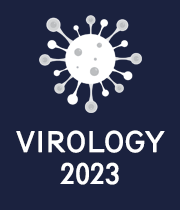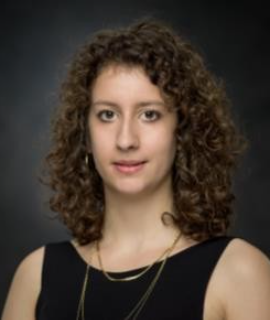Title : Active PD-L1 Incorporation within HIV Virions Functionally Impairs T Follicular Helper cells
Abstract:
Abstract:
The limited development of broadly neutralizing antibodies during the course of HIV infection is classically attributed to an inadequate B-cell help brought by functionally impaired T follicular helper (Tfh) cells. However, the determinants of Tfh functional impairment and the signals contributing to this condition remain elusive Interestingly, Tfh cells express high level of functionally active PD-1, however, in LNs, PD-1 ligands i.e. PD-L1 and PD-L2 are predominantly expressed on cells locating in extrafollicular area. These data suggest that the source of immune checkpoint ligands (IC-Ls) interfering with Tfh cell functionality might not be dependent on the tissue expression of IC-Ls.
We therefore hypothesized that membrane-bound extracellular vesicles such as exosomes and/or HIV virions may incorporate functionally active IC-Ls that may subsequently interfere with Tfh cell functionality.
In the present study, we showed that HIV virions represent the major source (>70%) of PD-L1+ extracellular vesicles as compared to exosomes in plasma of viremic HIV-infected individuals, which translated into a significant increase of soluble plasmatic PD-L1 levels. Furthermore, PD-L1 incorporation within plasmatic HIV virions was more frequently detected than HLA-DR (PD-L1=37.5%; HLA-DR=23.3%), demonstrating the preponderance of this phenomenon in vivo. In addition, we showed that PD-L1 is incorporated within HIV virions during budding processes, through an active mechanism involving p17 HIV matrix protein interactions with the cytoplasmic tail of PD-L1. Using a reconstructive approach, we subsequently showed that in vitro produced PD-L1high but not PD-L1low HIV virions, significantly reduced Tfh cell proliferation and IL-21 production, which ultimately translated into reduced IgG1 production from LN germinal center B cells. Interestingly, Tfh cell functions were fully restored in presence of anti- PD-L1/2 blocking mAbs treatment, demonstrating that the incorporated PD-L1 proteins were functionally active.
Taken together, the present study unveils an immunovirological mechanism by which HIV specifically exploits the regulatory potential of PD-L1 to suppress the immune system during the course of HIV infection.
What will audience learn from your presentation?
- First, this study proposes to re-evaluate the role of soluble IC-L in the functional alteration of T cells during HIV infection.
- Second, this study highlights a novel active mechanism by which HIV exploits a physiological mechanism developed to protect tissues from collateral damages associated with unregulated immune responses.
- These new observations were made possible by the development of a novel methodology combining the immunocapture of HIV virions and a comprehensive characterization by mass cytometry of host molecules incorporated into HIV virions.


